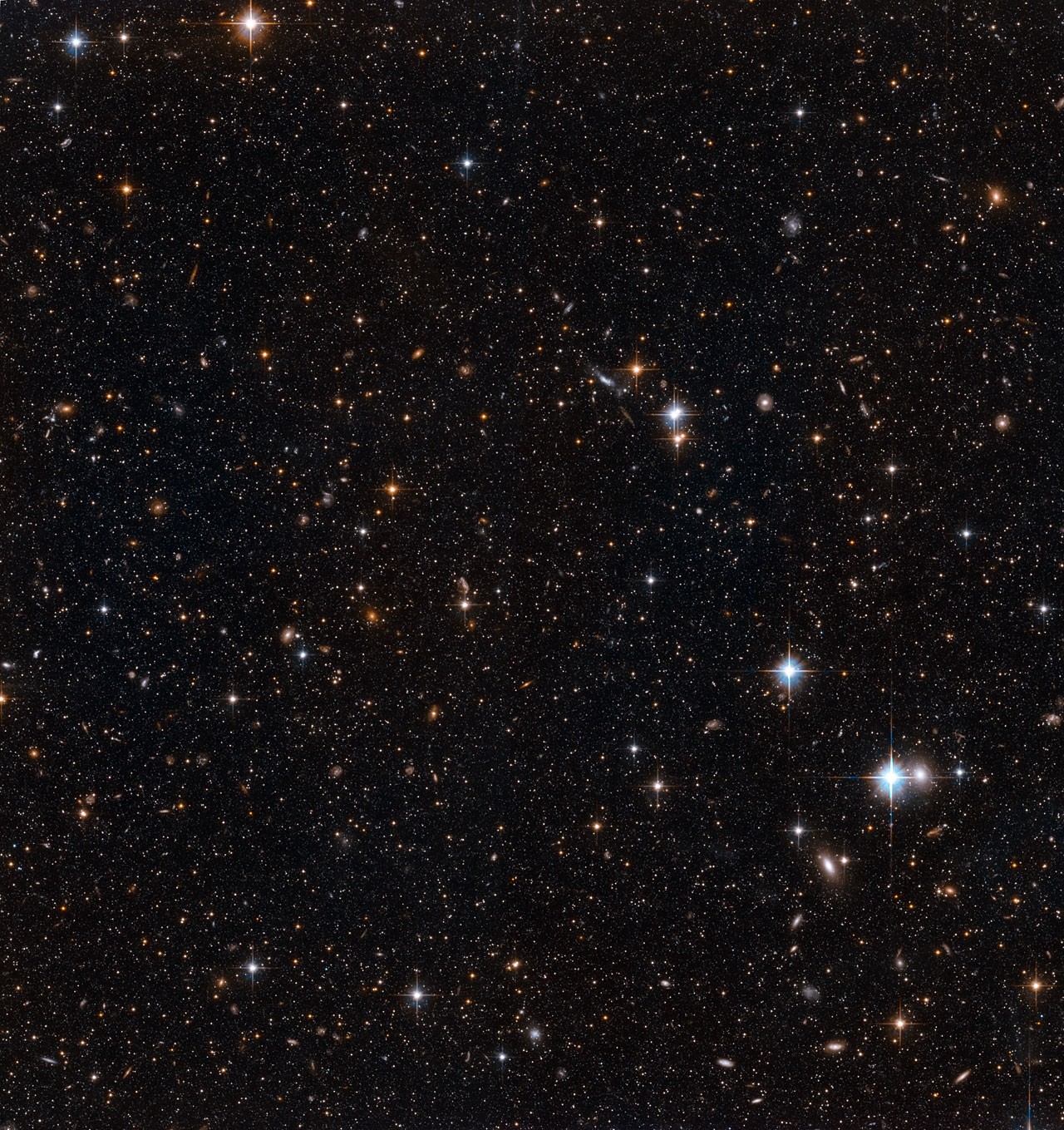
© NASA, ESA and T.M. Brown (STScI)A small part of the disc of the Andromeda Galaxy, the closest spiral galaxy to the Milky Way. Hubble’s position above the distorting effect of the atmosphere, combined with the galaxy’s relative proximity, means that the galaxy can be resolved into individual stars, rather than the cloudy white wisps usually seen in observations of galaxies. A galaxy’s disc is the area made up of its spiral arms, and the darker areas between them. After the galaxy’s central bulge, this is the densest part of a galaxy. However, these observations are made near the edge, where the star fields are noticeably less crowded. This lets us see glimpses through the galaxy into the distant background, where the more diffuse blobs of light are actually faraway galaxies.
The Andromeda Galaxy is revealed in unprecedented detail in four archive observations from the NASA/ESA Hubble Space Telescope. They show stars and structure in the galaxy's disc, the halo of stars that surrounds it, and a stream of stars left by a companion galaxy as it was torn apart and pulled in by the galaxy's gravitational forces.
These four observations made by Hubble's Advanced Camera for Surveys give a close up view of the Andromeda Galaxy, also known as Messier 31 (M 31). Observations of most galaxies do not show the individual stars - even the most powerful telescopes cannot normally resolve the cloudy white shapes into their hundreds of millions of constituent stars.
In the case of the Andromeda Galaxy, however, astronomers have a few tricks up their sleeves. Firstly, images from Hubble Space Telescope have unparalleled image quality as a result of the telescope's position above the atmosphere. Secondly, M 31 is closer to our own galaxy than any other spiral galaxy (so close that it can even be seen with the naked eye on a very dark night). And thirdly, these observations avoid the crowded centre of the galaxy, where the stars are closest together and hardest to separate from each other.
The resulting images offer a different perspective on a spiral galaxy. Far from being an opaque, dense object, Hubble reminds us that the dominant feature of a galaxy is the huge voids between its stars. Thus, these images do not only show stars in the Andromeda Galaxy (and a handful of bright Milky Way stars that are in the foreground): they also let us see right through the galaxy, revealing far more distant galaxies in the background.
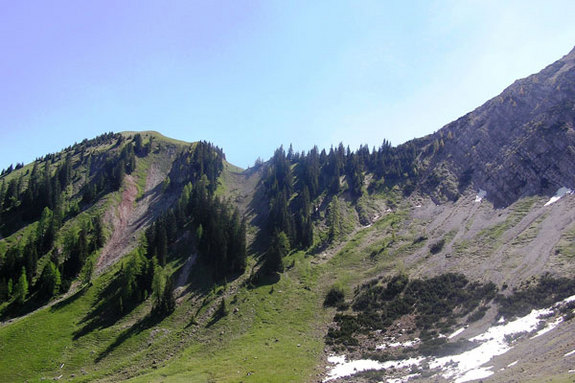
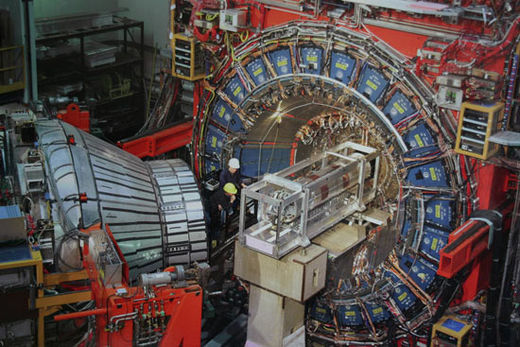

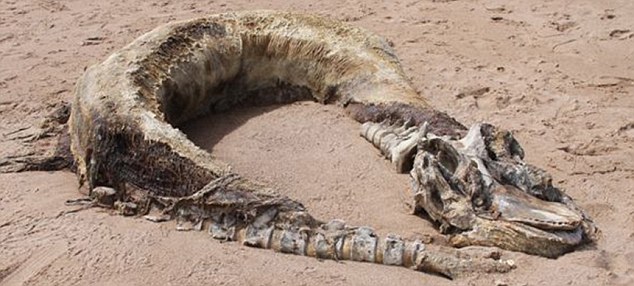
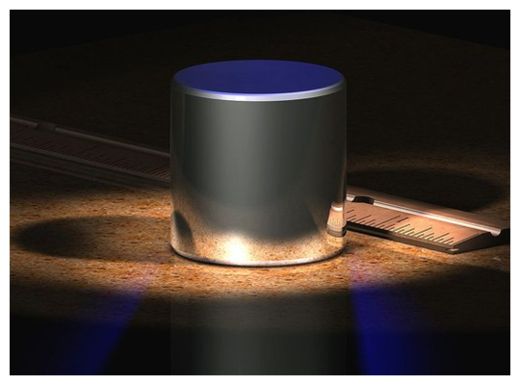
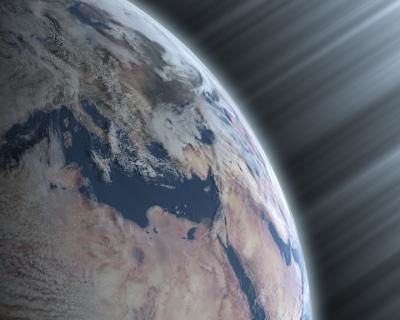
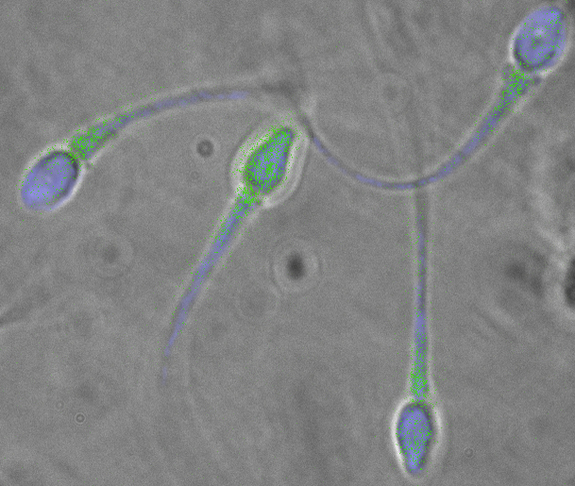





Comment: Consider the following excerpts from Superluminal Communications:
October 23, 1994: October 25, 1994: